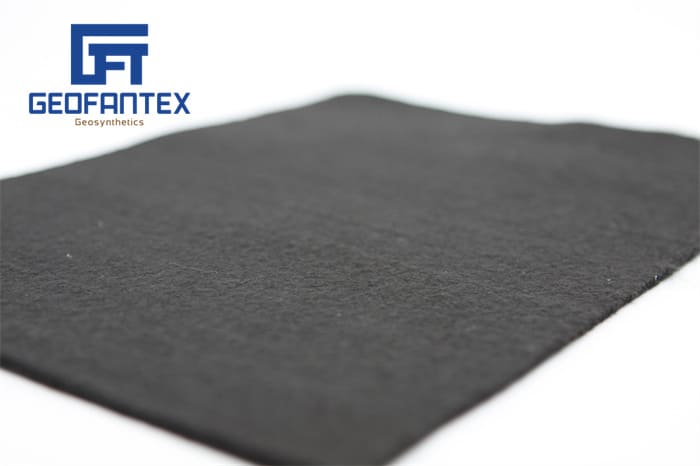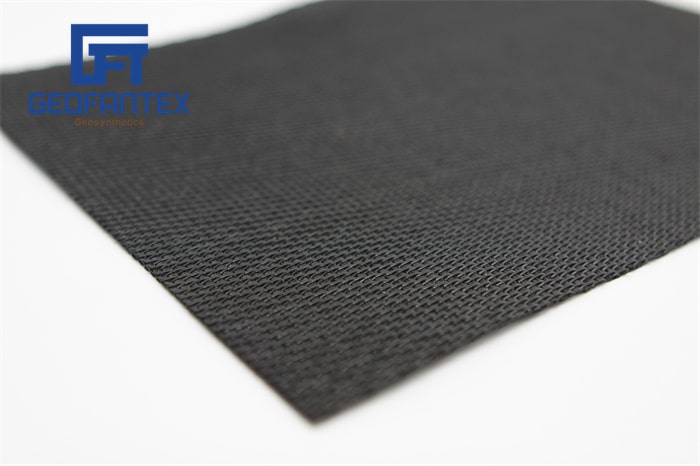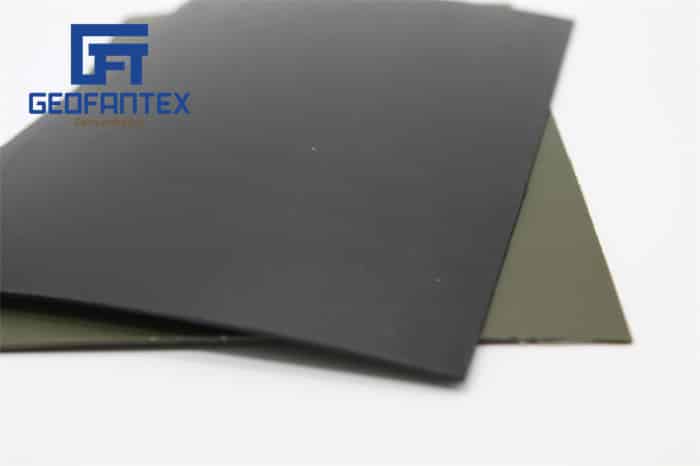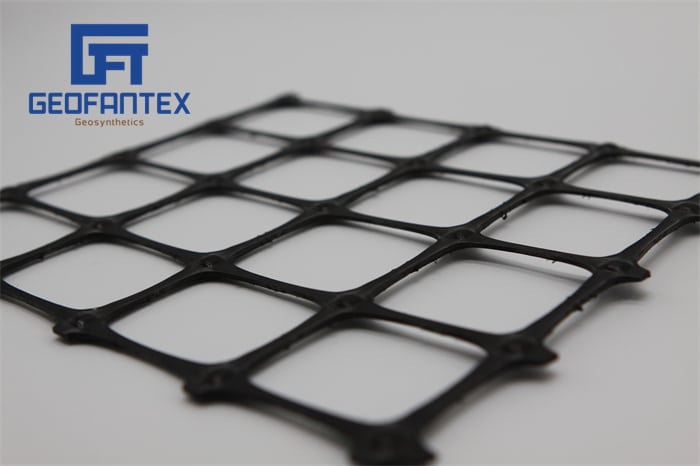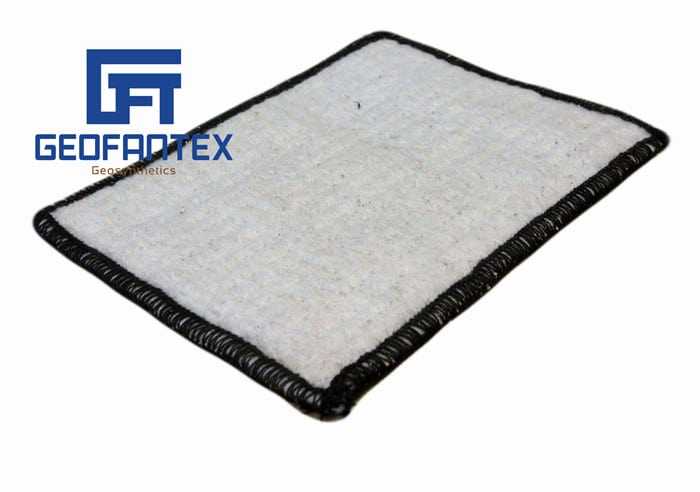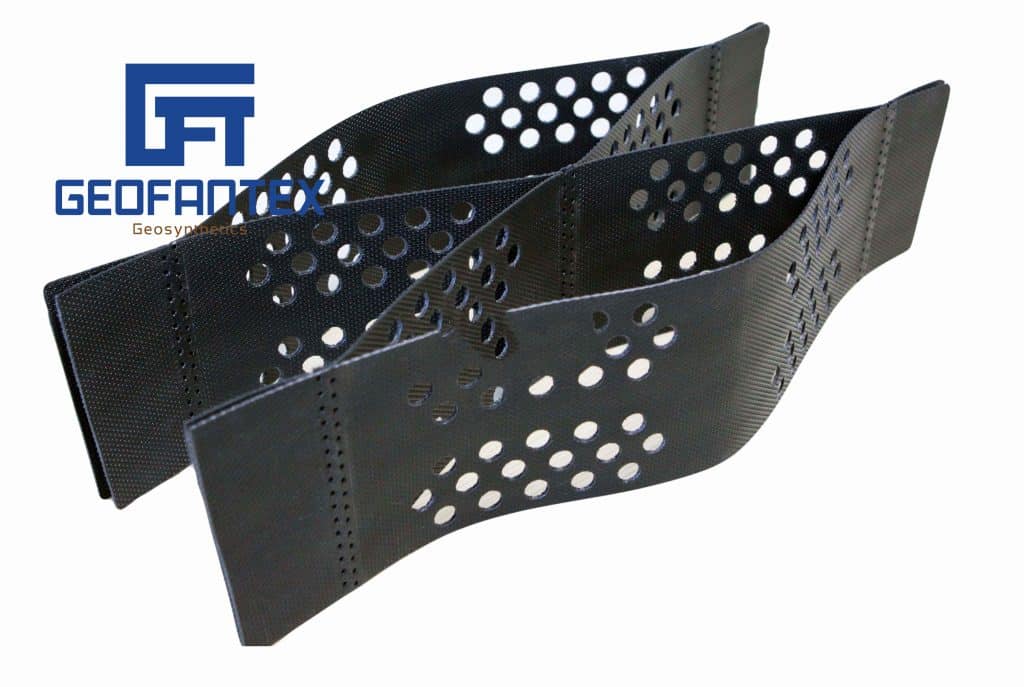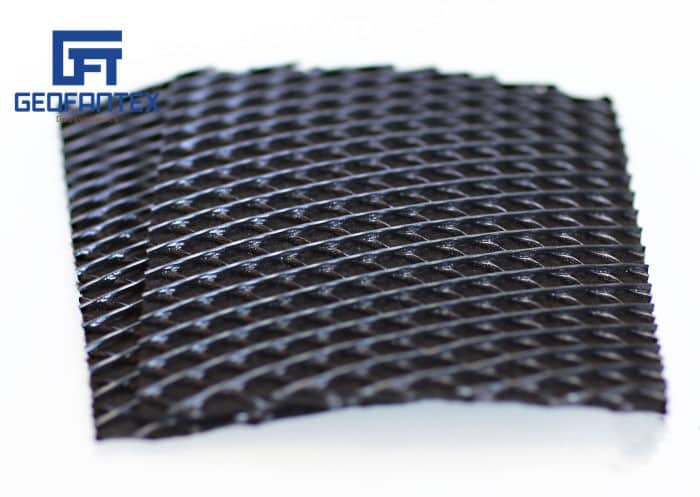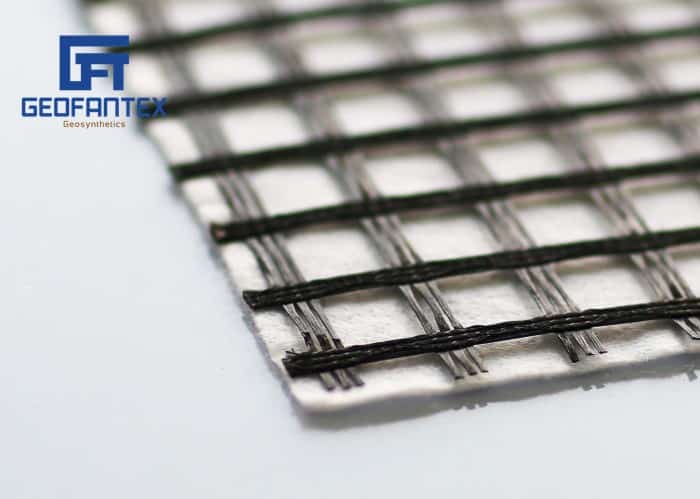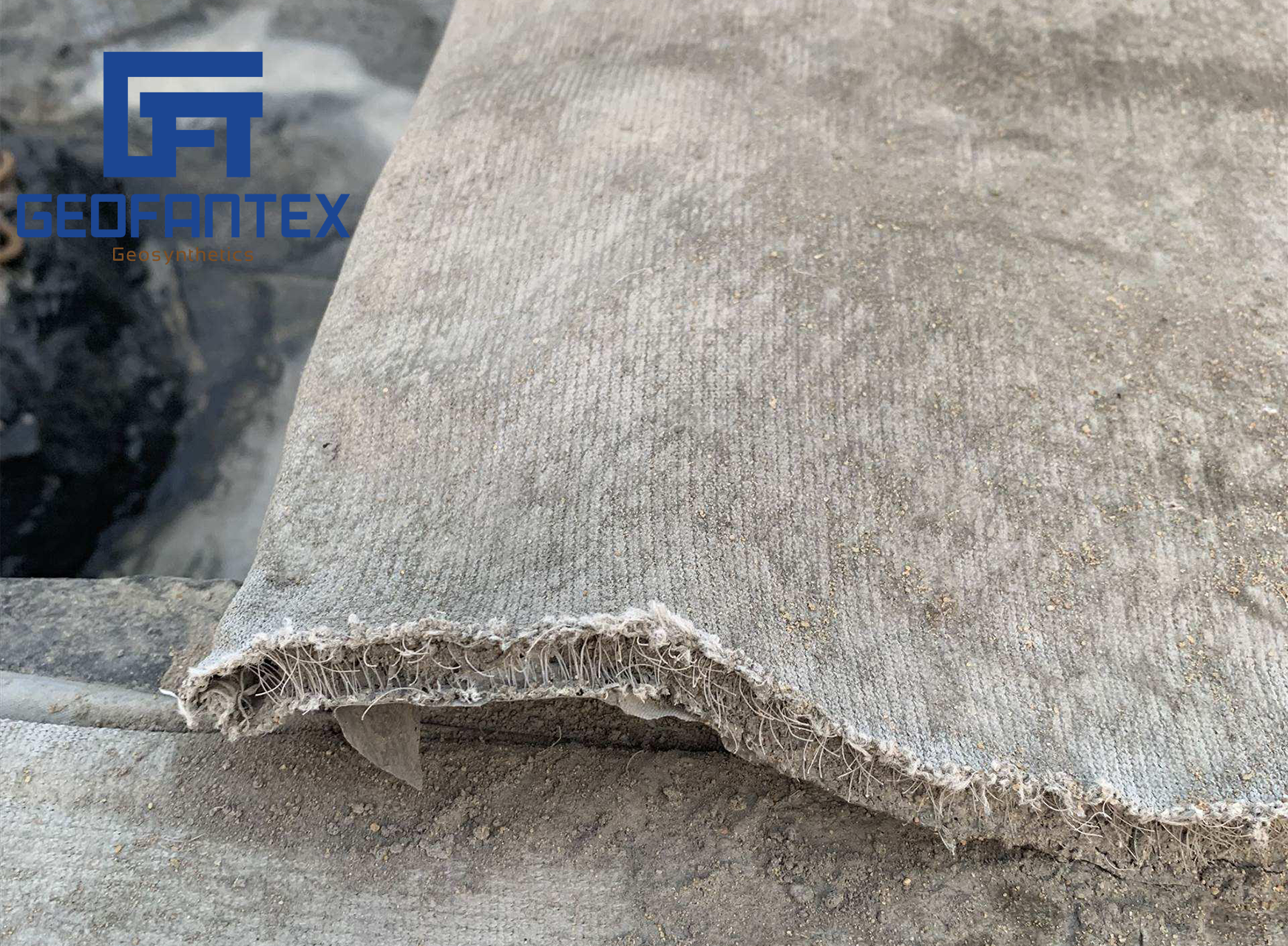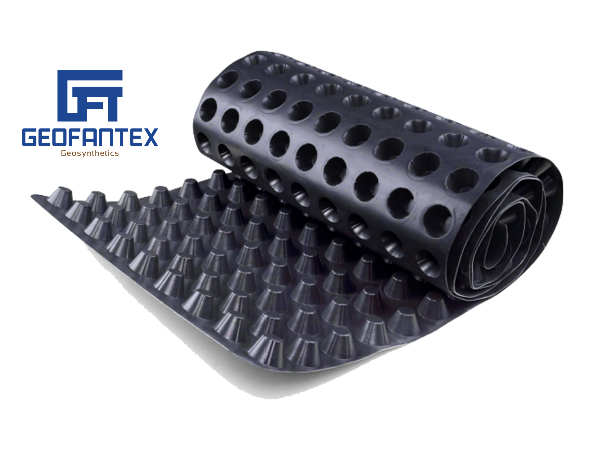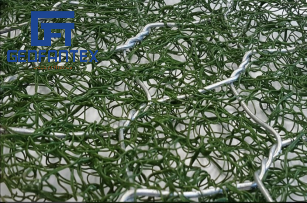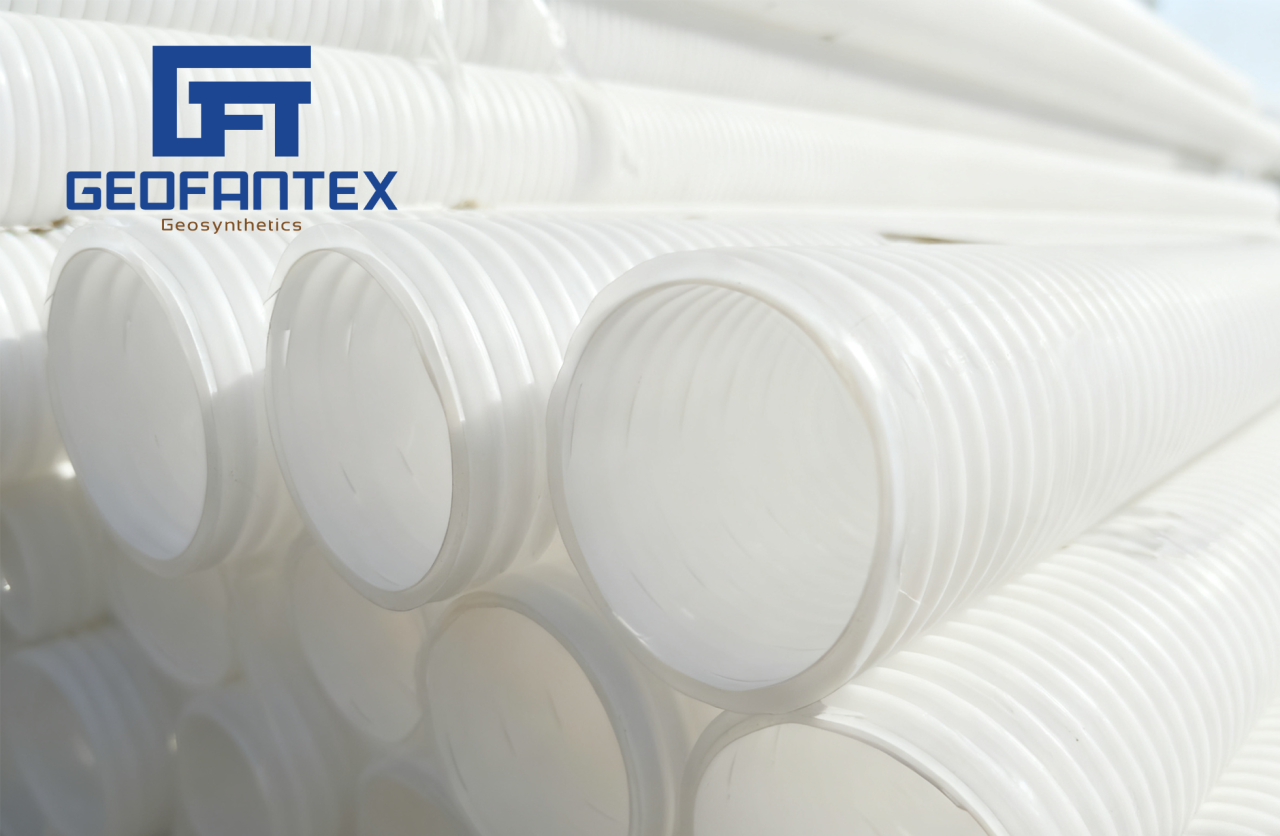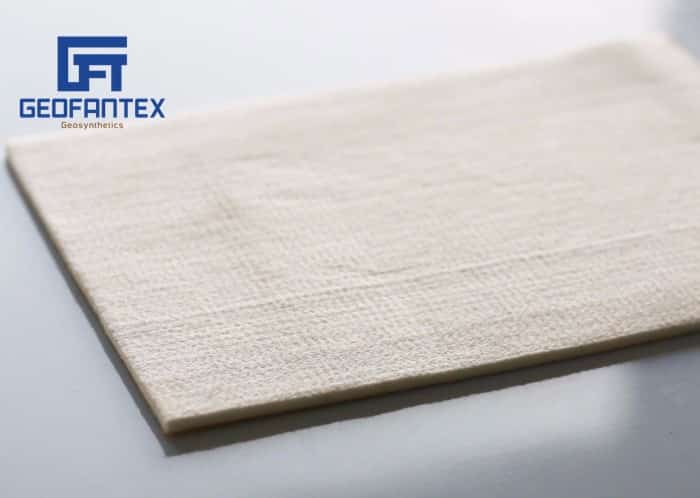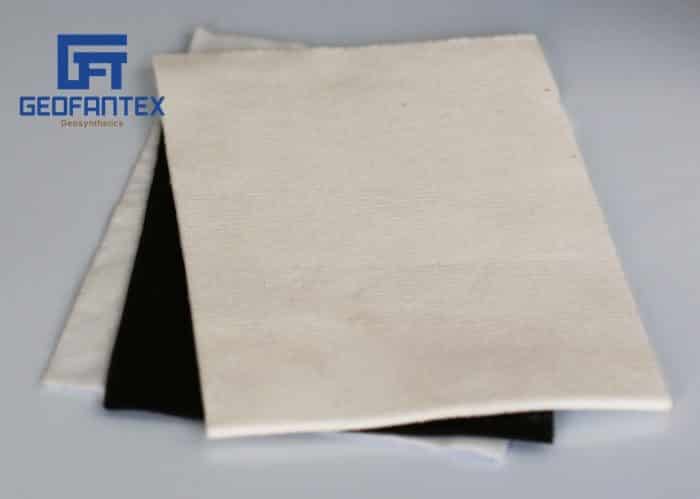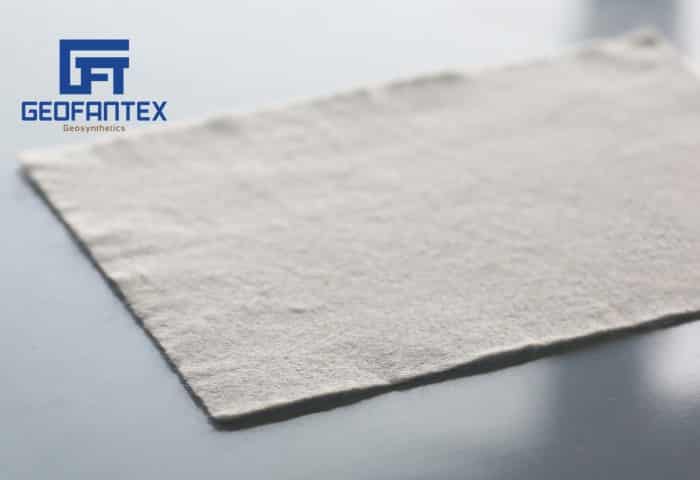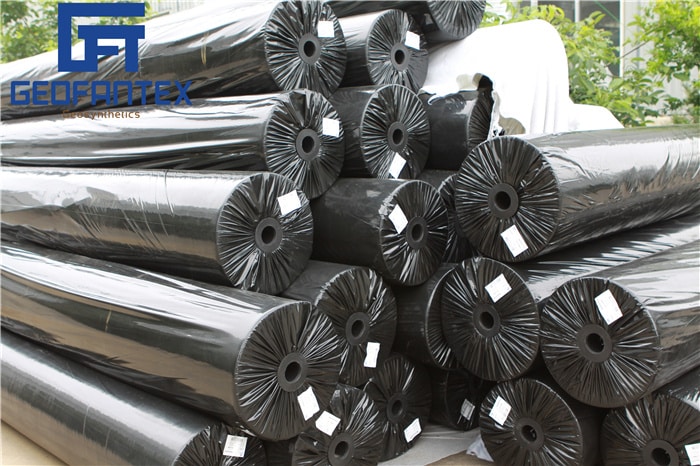+86-159 9860 6917
info@geofantex.com
geofantex@gmail.com
+86-400-8266163-44899
Geogrid materials are vital components in the field of geosynthetics, providing a range of practical solutions for soil stabilization, erosion control, and reinforcement in civil engineering projects. Whether used in roads, slopes, or retaining walls, geogrid materials have become an essential choice for improving the strength and durability of structures. This article will address some common challenges in geosynthetic applications and explore how geogrid materials offer effective solutions.
What are geogrid materials, and how are they used in construction?
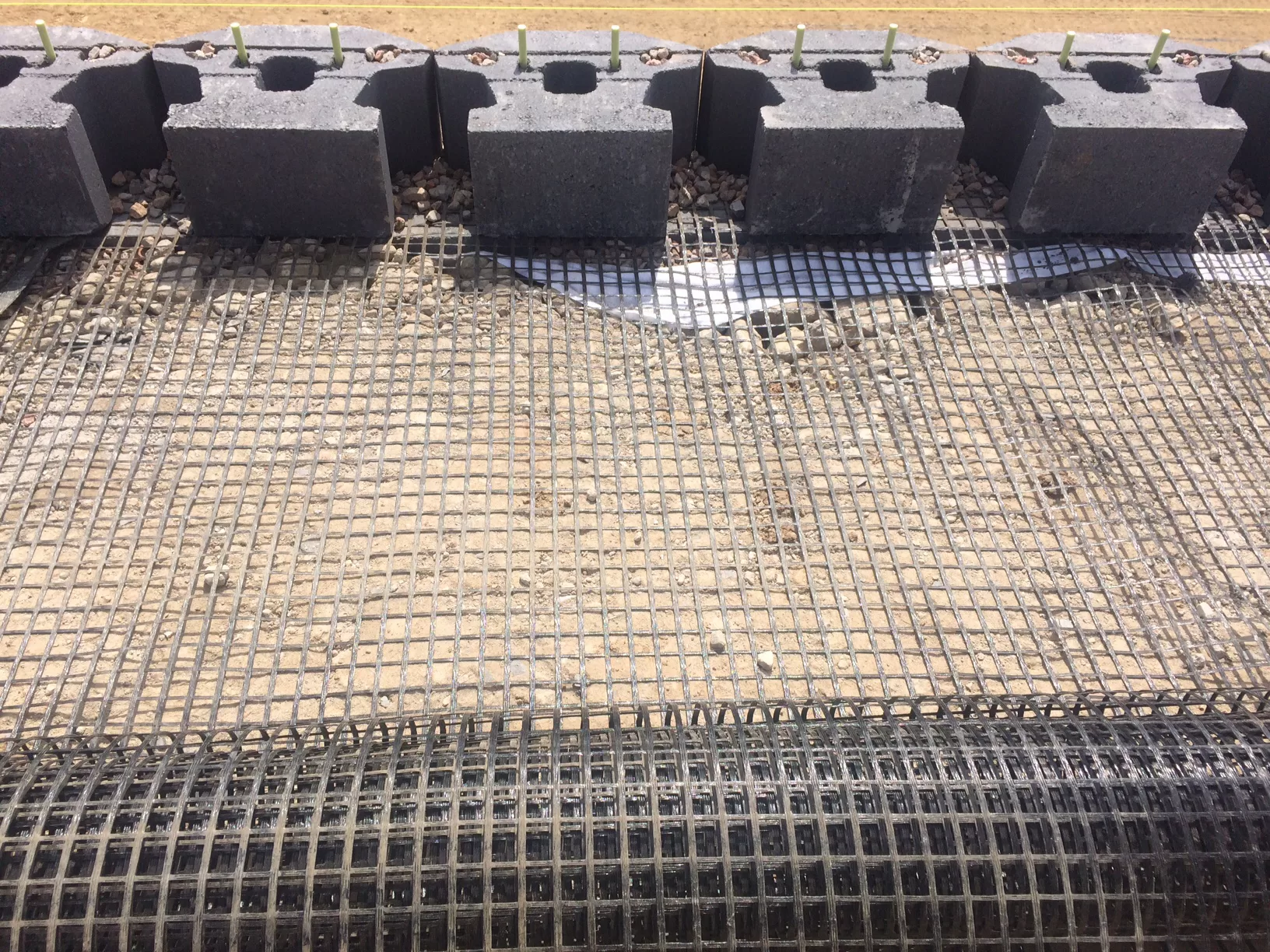
Geogrid materials are synthetic polymer meshes used to reinforce soils and improve the stability of soil structures. They function by creating a rigid structure that allows for interlocking with soil particles, enhancing load distribution and reducing settlement. These materials are commonly used in applications such as retaining walls, embankments, and base reinforcement in roads. By improving the tensile strength of the ground, geogrid materials help in preventing soil failure and minimizing erosion.
What are the primary benefits of using geogrid materials in soil reinforcement?
The use of geogrid materials offers several key benefits, including:
- Increased soil stability: Geogrids help distribute loads evenly across the soil, reducing the risk of settlement or collapse.
- Cost-effectiveness: By enhancing soil strength, geogrid materials reduce the need for expensive soil replacement or deeper foundations.
- Erosion control: The interlocking nature of geogrid materials stabilizes loose soil, preventing erosion in slope or embankment applications.
These advantages make geogrid materials a cost-efficient and sustainable choice for many construction projects.
How do geogrid materials improve drainage and reduce water-related issues?
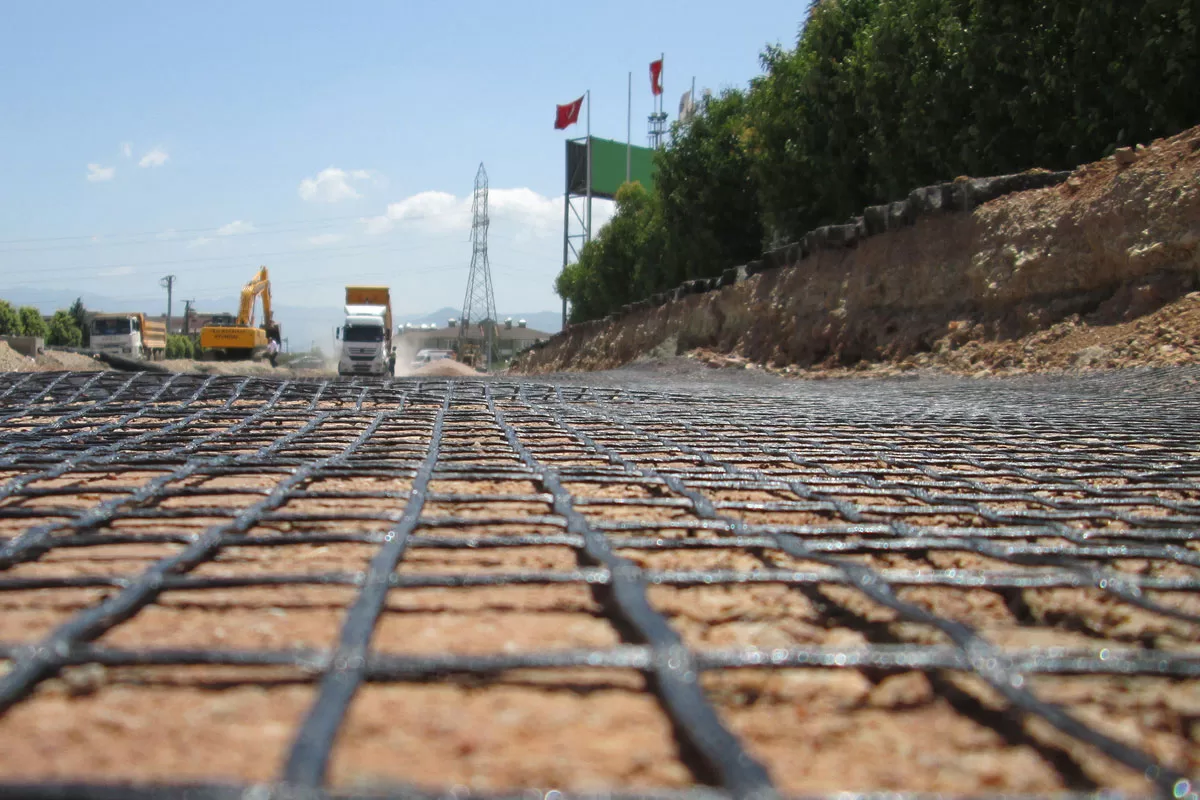
In addition to providing soil reinforcement, geogrid materials can improve drainage in areas prone to water-related problems. The grid structure allows water to flow freely through the soil while still maintaining the reinforcement. This helps in preventing water accumulation behind retaining walls or along embankments, reducing the risk of hydrostatic pressure build-up, which could lead to structural failure. Proper drainage is essential for maintaining the integrity of geotechnical systems, and geogrid materials play a crucial role in this aspect.
What factors should be considered when selecting geogrid materials for a project?
When selecting geogrid materials for a particular application, several factors should be considered:
- Soil type and conditions: Different types of geogrid materials perform better with certain soil types. For example, high-strength geogrids are ideal for projects with poor soil conditions.
- Load-bearing requirements: The choice of material will depend on the expected loads and the amount of reinforcement needed.
- Environmental conditions: Geogrids must be able to withstand exposure to UV radiation, moisture, and other environmental factors.
By carefully evaluating these factors, engineers can ensure that the selected geogrid materials will perform effectively in the long term.
In summary, geogrid materials offer numerous advantages for improving the strength, stability, and longevity of geosynthetic systems in civil engineering projects. They provide cost-effective solutions for soil reinforcement, erosion control, and drainage management. Understanding how to select and apply the appropriate geogrid materials is essential for achieving optimal performance and durability in any construction project.
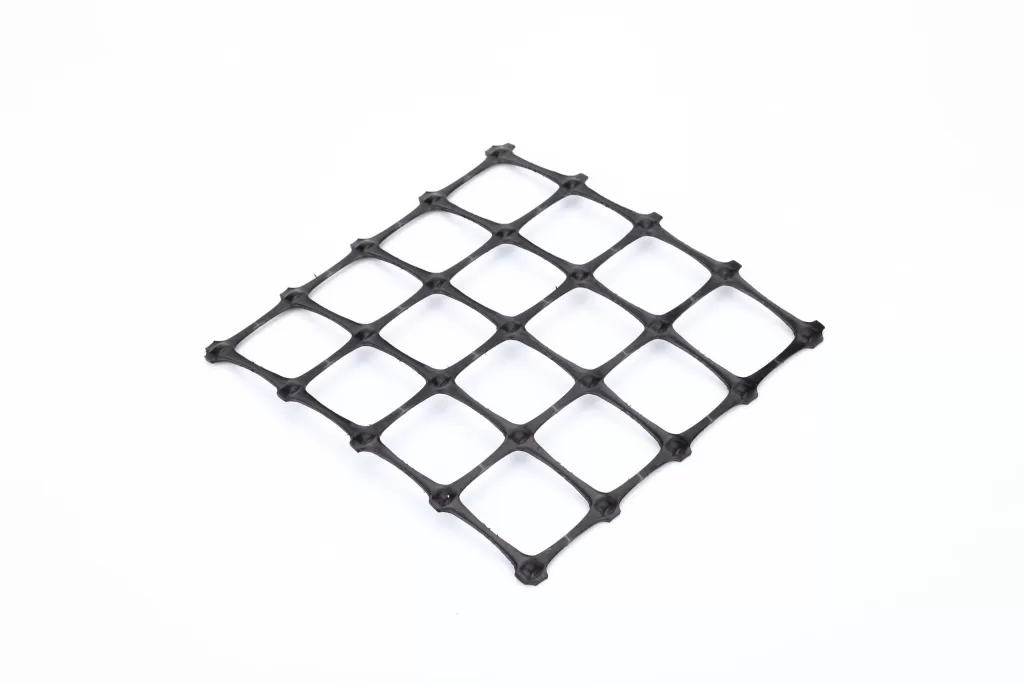
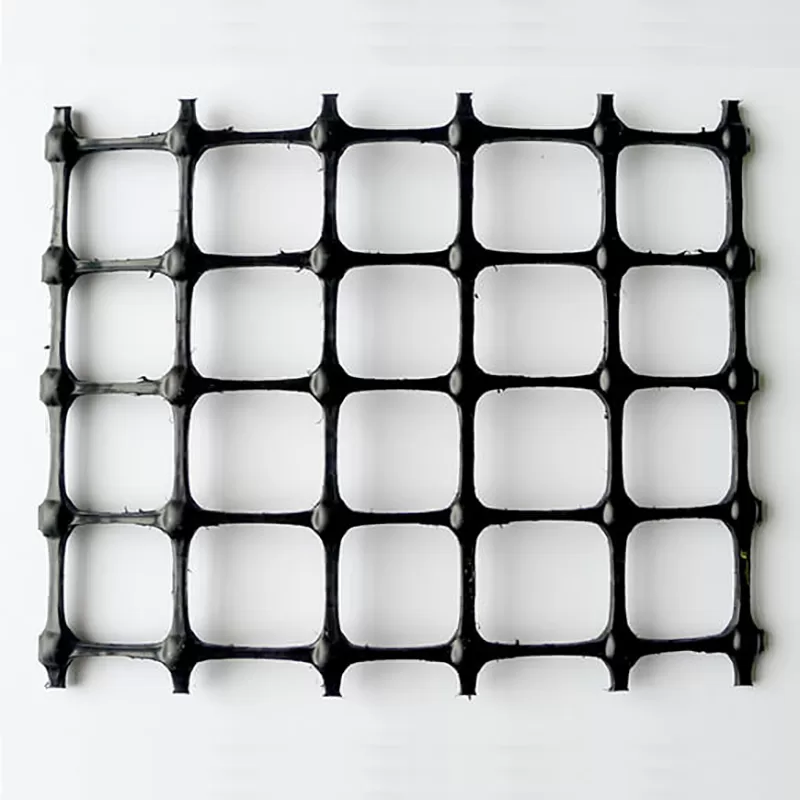
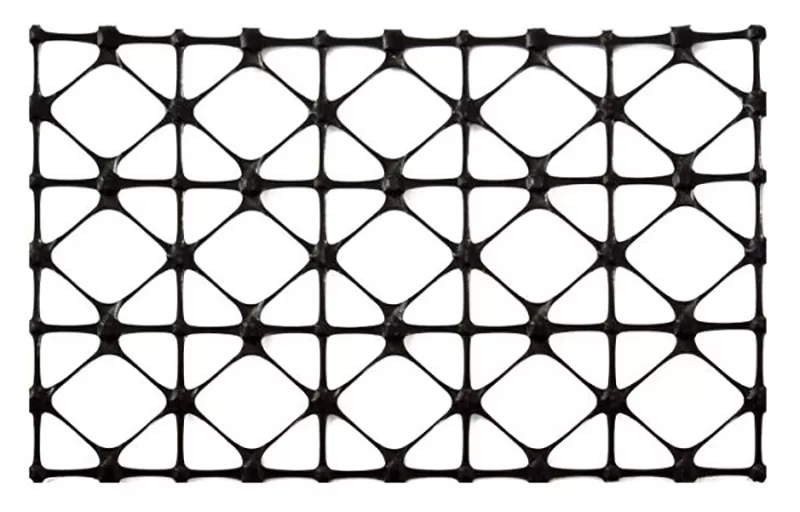
Get Free Sample
We’ll respond as soon as possible(within 12 hours)

